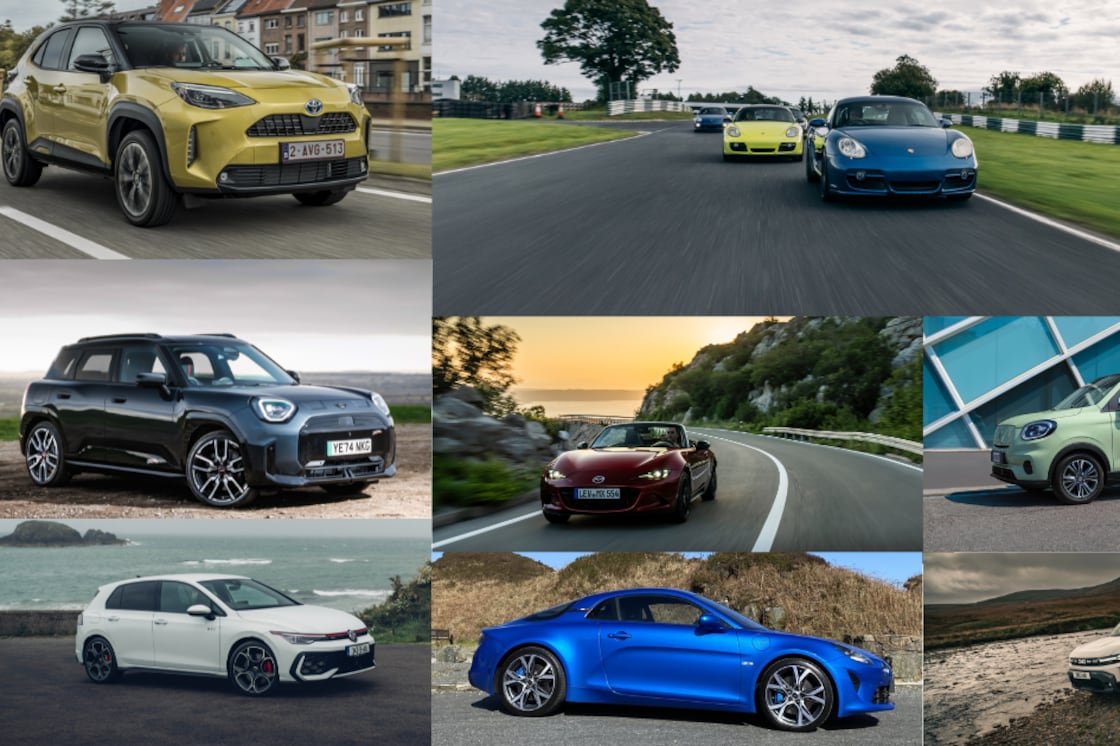The Republic’s planning system has been at the core of a number of deleterious developments over the years, whether it be “ribbon development” and “bungalow blight” that allows individual houses to spill out along the roads leading in and out of towns and villages, or the sleaze scandals and tribunals of the 1990s and early 2000s.
While there are more issues with Irish planning than can be counted here, one particular area is causing holdups in the rollout of the electric car charging network.
Right now, Ireland’s electric car charging network is way, way behind that of most of our European neighbours, and a lack of visible and reliable chargers is often cited as one of the reasons for the recent, dramatic fall-off in sales of new electric cars. After all, if people can’t see a robust and plentiful charging network, then they’re hardly going to feel confident in investing in an electric car. The thus-far attitude of “if we sell them, charging will come” seems to have failed utterly.
Things could be about to improve, though. The Planning and Development Bill 2023, which is designed to make the planning process more transparent, robust and swift, has reached the Seanad, and hopefully will be enacted into legislation shortly, transforming An Bord Pleanála into An Coimisiún Pleanála, a move designed to “reflect a renewed focus on its functions and responsibilities”.
READ MORE
Regarding the current hurdles faced by those trying to put chargers in place on the ground, Seanna Mulrean, a partner with legal firm LK Shields, said: “You’re going to come across the usual planning issues – potential delays, how long it will take to get a decision, whether there will be challenges, and how long the appeals process might take. These are all the things we would advise clients to factor in from the start, and to engage a planning expert to try to help them through the process.”
There’s no “cheat code” for getting around Irish planning, even for large firms such as SSE, which recently opened a substantial rapid charging hub in Mullingar, and which – in concert with French energy giant Total Energies – has plans for many more. According to Mulrean, the only way to get through the process is to start with the basics.
“We would say to engage with all stakeholders early on, to help you manage potential planning issues,” said Mulrean. “The good news is that on the horizon we have the Planning and Development Bill, which is a nice piece of legislation from a planning perspective. It’s looking to bring in more efficiency and certainty around planning decisions, a lot more transparency, and there is very much a focus on helping to achieve the country’s climate goals.”
She said plans were still afoot to end the sales of internal combustion-engined vehicles by 2030, even though the official pan-EU date of 2035 is the official target. If the Irish Government’s plans to stick to the earlier date come to fruition, then that gives us just six years to get a proper, usable, reliable charging network into place. A blink of an eye in planning terms.
What possible objections could people have to the installation of electric car chargers? Perhaps one might understand qualms about a massive hub such as the SSE one in Mullingar, but few charging hubs are that big, and most are co-located with existing fuel-filling stations anyway. Mulrean said the majority of objections stemmed from concerns over increased traffic in a given area, which might be understandable, but still smacks somewhat of NIMBY-ism, a common factor in planning objections.
Equally, it’s acknowledged that there are other issues such as ensuring that ESB Networks has done its side of the job, and made sure that sufficient power can be pumped to a specific site. Often, we have heard complaints from charging providers as to the lack of available power, and the slow rollout of grid improvements such as extra transformers, but Mulrean said, from the other side of the planning and development fence, there was more harmony.
“It’s definitely been recognised that there are capacity issues with the network, and that investment is needed in the grid,” said Mulrean. “Renewable is a very hot-button issue at the moment, but while I can’t speak for the ESB I do know that they are doing their best to make access available at each site. Actually, one interesting thing that’s being considered is that if a client is having those issues with getting power from the grid to a site, that independent sources of power might be used, depending on the charging capacity of each station. I know that has been looked at in a few cases.” Which conjures up images of charging stations fed by their own windmills or solar panels, which is a neat idea, but presumably one fraught with its own planning issues and objections.
[ Test drive: Does the Golf GTi still have a role in the electric age?Opens in new window ]
There are other issues, including sites that are leased to an operator, and the requirement to have permission from the leaseholder to carry out works and installations. Finance can also be an issue – in spite of repeated rounds of Government grants, and the involvement of such major corporations as the ESB, SSE, Total Energies and many others. The problem is that more remote areas, for which the immediate business case is shaky, or perhaps non-existent, struggle to find finance. Mulrean is confident that public-private-partnerships will act as a fix for those issues.
Certainly, the enactment of the new planning Bill cannot come soon enough. Ireland has struggled already with the introduction and rollout of electric vehicles, in spite of the country being repeatedly hailed as an ideal test-bed of EVs (short distances, temperate climate, no major mountain ranges, semi-State bodies in the energy networks). With the clock ticking, and the climate crisis encroaching, we can’t afford to let our outdated planning system stand in the way of a viable infrastructure any longer.















